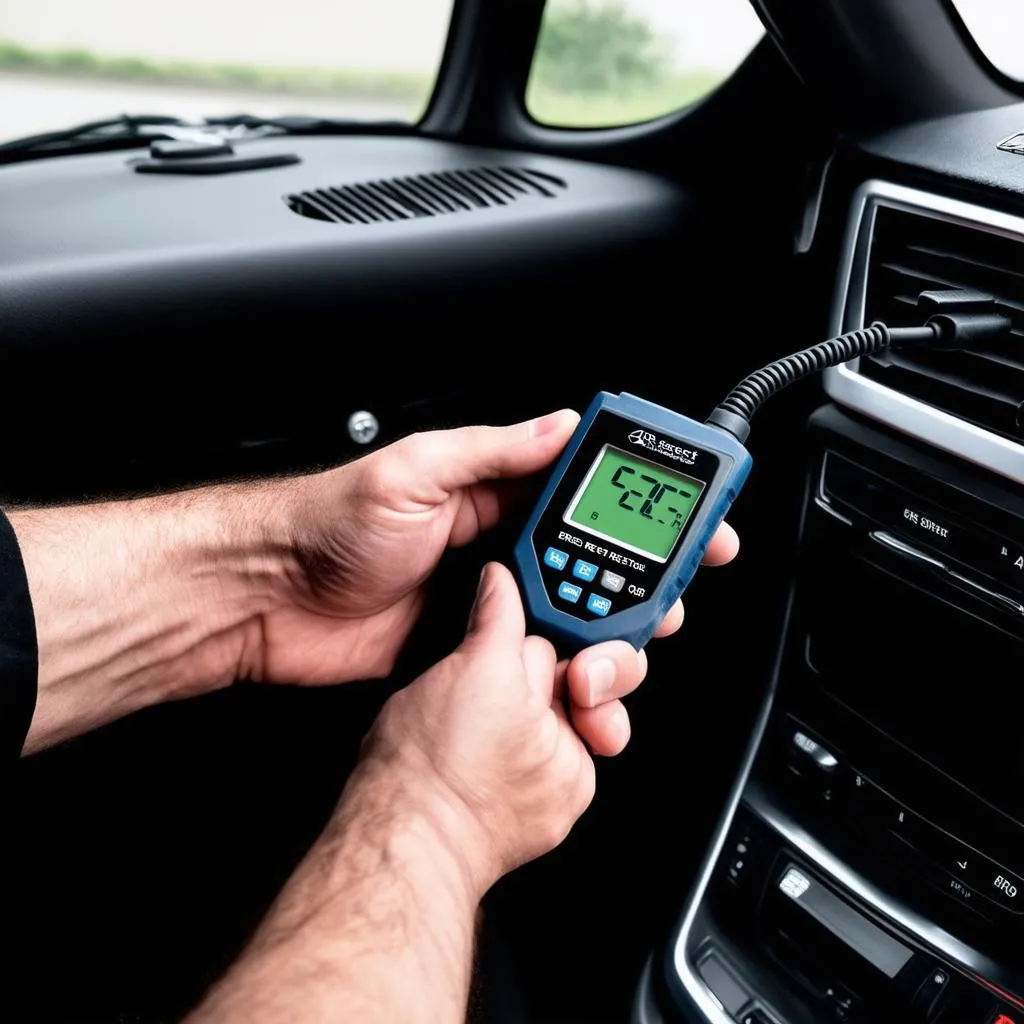Is your 2018 Mercedes rearview mirror acting up? Don’t worry, you’re not alone. Rearview mirror problems are a common issue in this model year, and luckily, many are easily fixable. This guide will walk you through the common causes, how to identify them, the tools you’ll need, and a step-by-step guide to get your rearview mirror back in working order.
Common Causes of Rearview Mirror Problems in 2018 Mercedes
Before we dive into the fixes, it’s essential to understand what might be causing your rearview mirror issue. Here are some of the most common culprits:
- Loose Wiring: Over time, the wiring that powers your rearview mirror’s features can become loose, leading to intermittent or complete failure.
- Blown Fuse: A blown fuse could be the root of your problem, especially if the mirror doesn’t power on at all.
- Faulty Motor: The motor that controls the mirror’s movement can malfunction, making it difficult or impossible to adjust.
- Dimming Feature Malfunction: Many 2018 Mercedes models boast auto-dimming rearview mirrors. If this feature is acting erratically, it could be due to a sensor or wiring issue.
blown-fuse|blown fuse|Close-up image of a blown fuse with a broken wire inside, set against a dark background.
Identifying the Problem
- Check for Power: The first step is to determine if the mirror is receiving power. Do the dimming, compass, or HomeLink features work? If not, the issue might be a blown fuse or a wiring problem.
- Inspect for Physical Damage: Check the mirror for any visible signs of damage, such as cracks, loose parts, or broken wires.
- Listen for Unusual Noises: If you hear clicking, grinding, or buzzing when trying to adjust the mirror or when using the auto-dimming feature, it could indicate a motor or sensor issue.
car-rearview-mirror-disassembly|car rearview mirror disassembly|Close-up image of the interior of a car, showing the rearview mirror being disassembled, with tools and parts scattered around.
Tools You’ll Need for the Fix
The specific tools will vary depending on the problem, but it’s always good to have these essentials on hand:
- Screwdrivers: A set of both flat-head and Phillips-head screwdrivers is crucial for removing trim panels and accessing the mirror assembly.
- Trim Removal Tool: This handy tool helps prevent damage to your car’s interior trim while prying panels open.
- Multimeter: A multimeter is essential for testing fuses, circuits, and the mirror’s motor to diagnose electrical problems.
- Replacement Parts: Once you’ve identified the faulty component, make sure to have the correct replacement parts on hand before beginning the repair.


